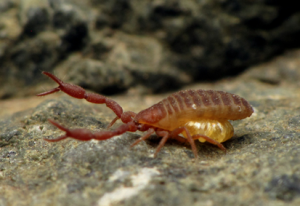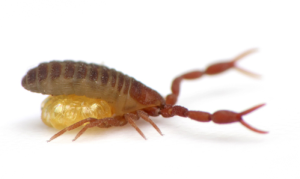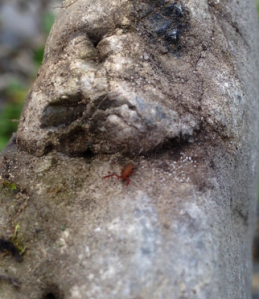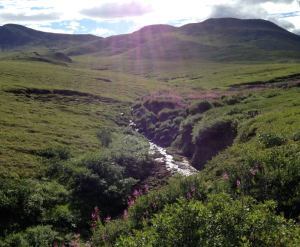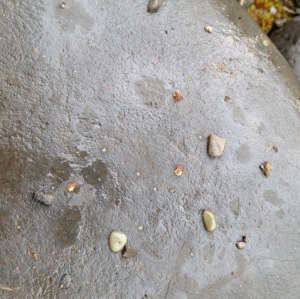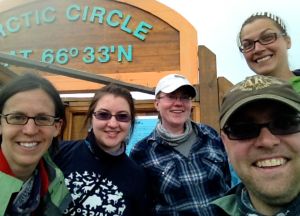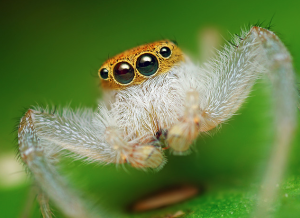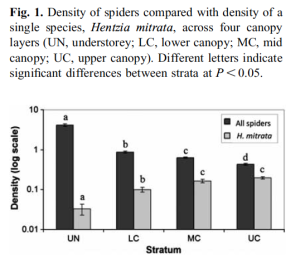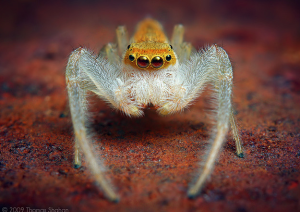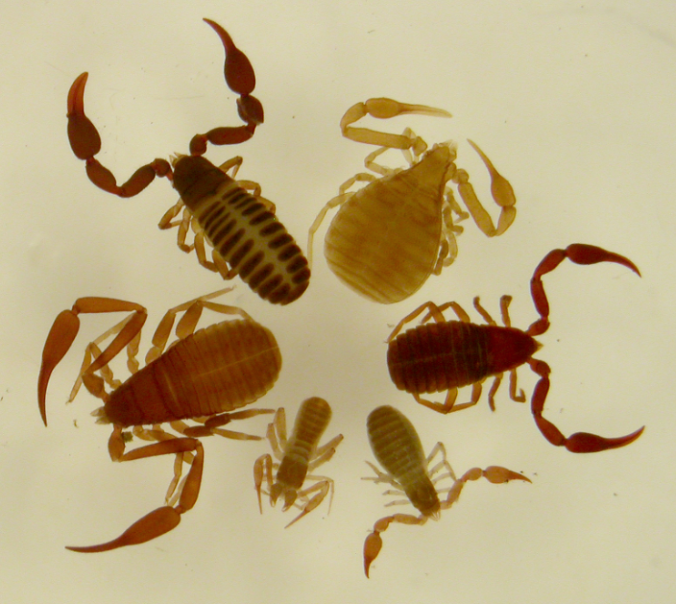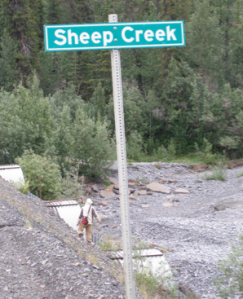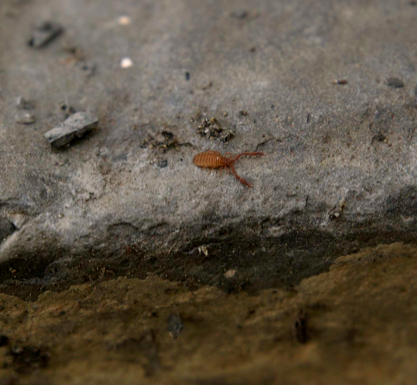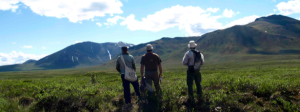My last field trip up the Yukon’s Dempster Highway was amazing - in part because of the successful research, and also because of the amazing team of scientists that joined me in the field. We were collaborative, collegial, productive and had loads of fun . During this trip we established something called The Resentment List. I think this list helped make the trip smooth, and I wanted to share the idea.
On our first day out of Whitehorse, I was commenting to my travel-mate, Dr. Barb Sharanowski, about how important it is to avoid resentment from building up during fieldwork - resentment leads to hurt feelings, and resentment can bubble dangerously under the surface and create a difficult working environment. At our first roadside stop, the driver of the RV (post-doc Laura Timms, traveling behind the car I was driving) commented on how inconsistent my driving was. I flippantly answered “no way - I was using the cruise control” - This was all a big joke, and was funny since the roads were hilly and we were being ‘road biologists‘ (i.e., slowing down to stare at wildlife, landscapes, etc). I joked about how we have to be careful that there isn’t resentment built up around my inconsistent driving, and then decided to start the resentment list. Here’s a photo of the beginning of the list:

First page of the Resentment List: it reads “Laura, to Chris ‘driving was inconsistent’; Chris to Laura ‘it was on cruise ‘”
The rules of the resentment list were pretty simple: anything that any team member perceives as something that could lead to resentment was written down during the day. At the end of the day, sitting around the picnic table for dinner, we would share our resentment list(s). The resentment list was mostly full of funny, lighthearted items. For example: “The whole field team resents the Yukon for the weather we are receiving”, “We all resent how we smell” (i.e, after many days soaked in bug spray and lack of showers), or “The lack of grizzly bear sightings is leading to some Yukon resentment”.
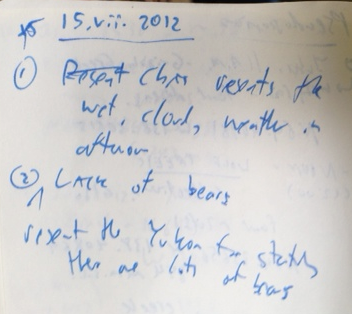
Another page from the Resentment List, resenting the lack of nice weather, and the lack of bear sightings in the Yukon
I think, however, that this list actually helped dissolve any potential issues that could nag at us, and lead to more issues in the future. For example, some of us were bothered by one team member’s giant sweep net pole that continually knocked us in the head every time we got into the car. This was aired as a resentment, and we all laughed about it. However, because this was discussed openly, that team member was aware of this little issue and was careful with the sweep-net from then onwards. This may seem like a very small and insignificant issue, but those of you that have spent time in the field know how easily the small things can lead to bigger problems. Here is another example - some of the team members were frustrated with me when I was obsessively e-mailing some photos over an extremely slow WIFI connection - it took way too long and we could have been doing fieldwork instead - this was aired on the resentment list, and this transparent process was an effective way for me to realize what I had done. It helped.
So… next time you are heading off to do fieldwork - consider starting your own resentment list! Heck, you may even find a use for this idea in your laboratory (…or your home..with your partner, room-mates, or family members..?). Try it out, and please let me know if it works.
The resentment list did help our team - look how happy we are!

